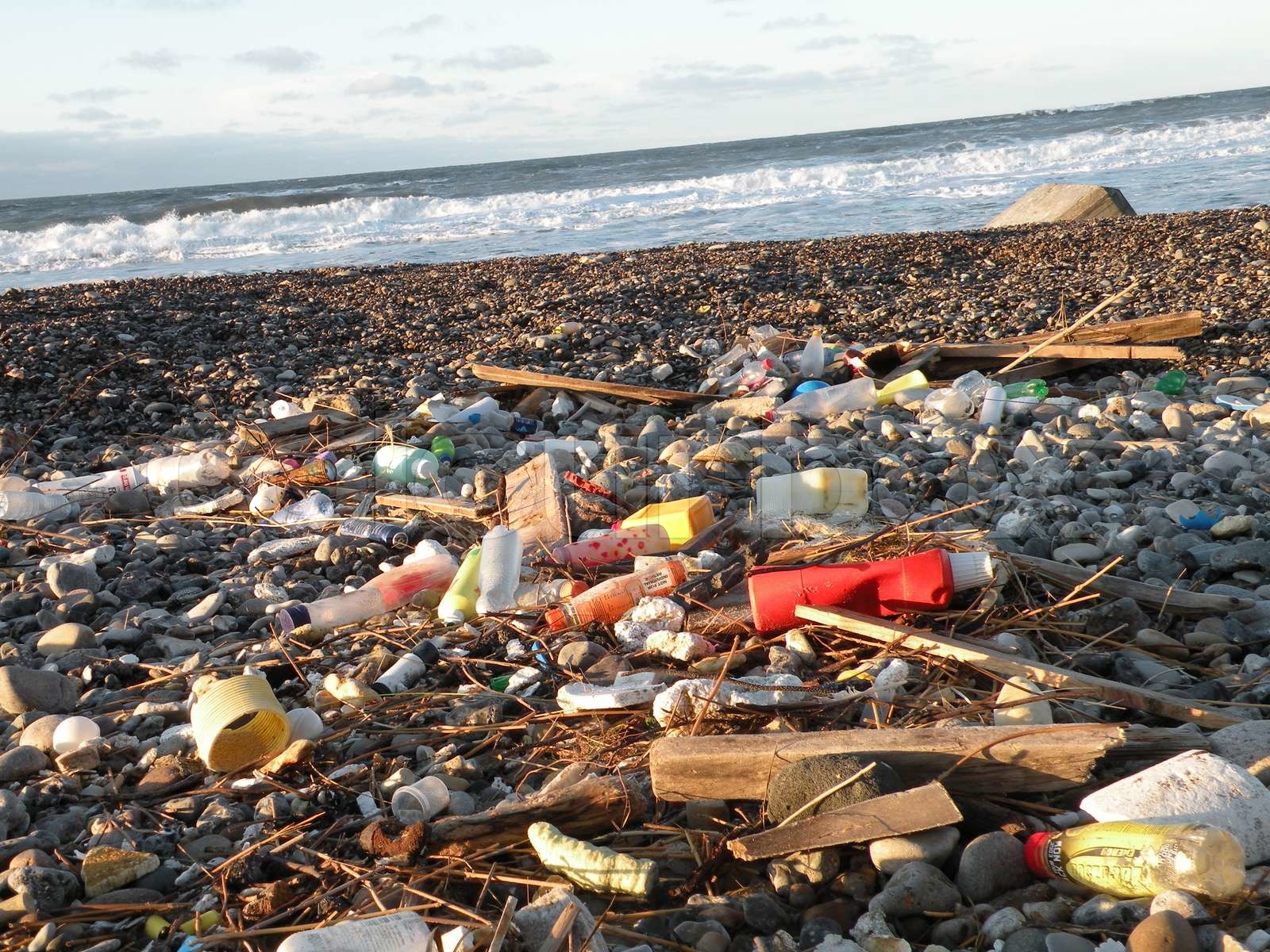Status on Beach Litter Monitoring in Denmark 2015
The first national monitoring programme of beach litter shows huge regional differences in amount and a dominance of plastic

Results from the first national monitoring programme of marine litter, commonly known as ‘beach litter’, is now described at selected reference beaches in Denmark. The monitoring programme was been initiated in 2015 by the Danish Nature Agency at the Ministry of Environment and Food and the surveys was carried out in spring, summer and autumn according to the national guidelines for monitoring beach litter. Monitoring the beaches is aiming to provide data that can be used for assessments of state, impact and trends of marine litter in the marine environment as described in EU Marine Strategy Framework Directive (MSFD).
The monitoring programme took place at five Danish reference beaches in 2015 and monitored amounts and composition of marine litter. The monitored beaches represent coastlines in the North Sea/Skagerrak and the Baltic Sea as well as inner Danish waters. The data showed significant regional differences in amounts of litter with the highest levels present on the Skagerrak reference beach and the lowest levels in the Baltic Sea. A similar trend appears when comparing with data from neighbouring countries. The data also showed that litter items made of plastic materials were with 48-84% of all registered litter items the dominating type of litter at all the reference beaches in 2015, but also marine litter made of rubber, metal, machined wood, glass/pottery, cloth and paper/cardboard were registered at all beaches.
The composition of litter items indicates that fishery, galley waste and operational waste from ships together with sanitary waste and public littering all are important sources to marine litter in Denmark.
For more information, please contact:
Ph.D. Senior Researcher, Jakob Strand
Department of Bioscience – Marine Diversity and Experimental Ecology
Mail: jak@bios.au.dk
Phone: +45 87158654
